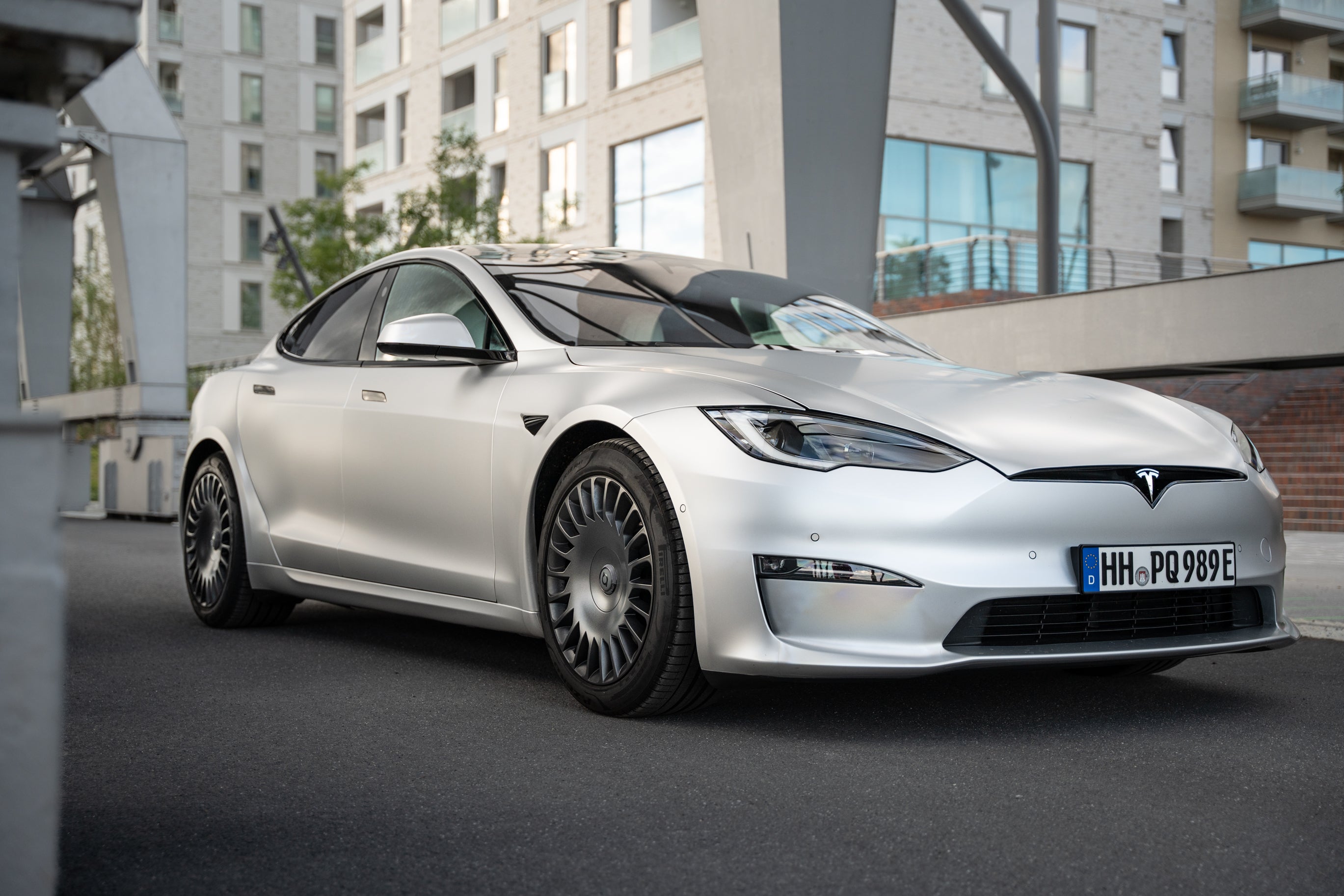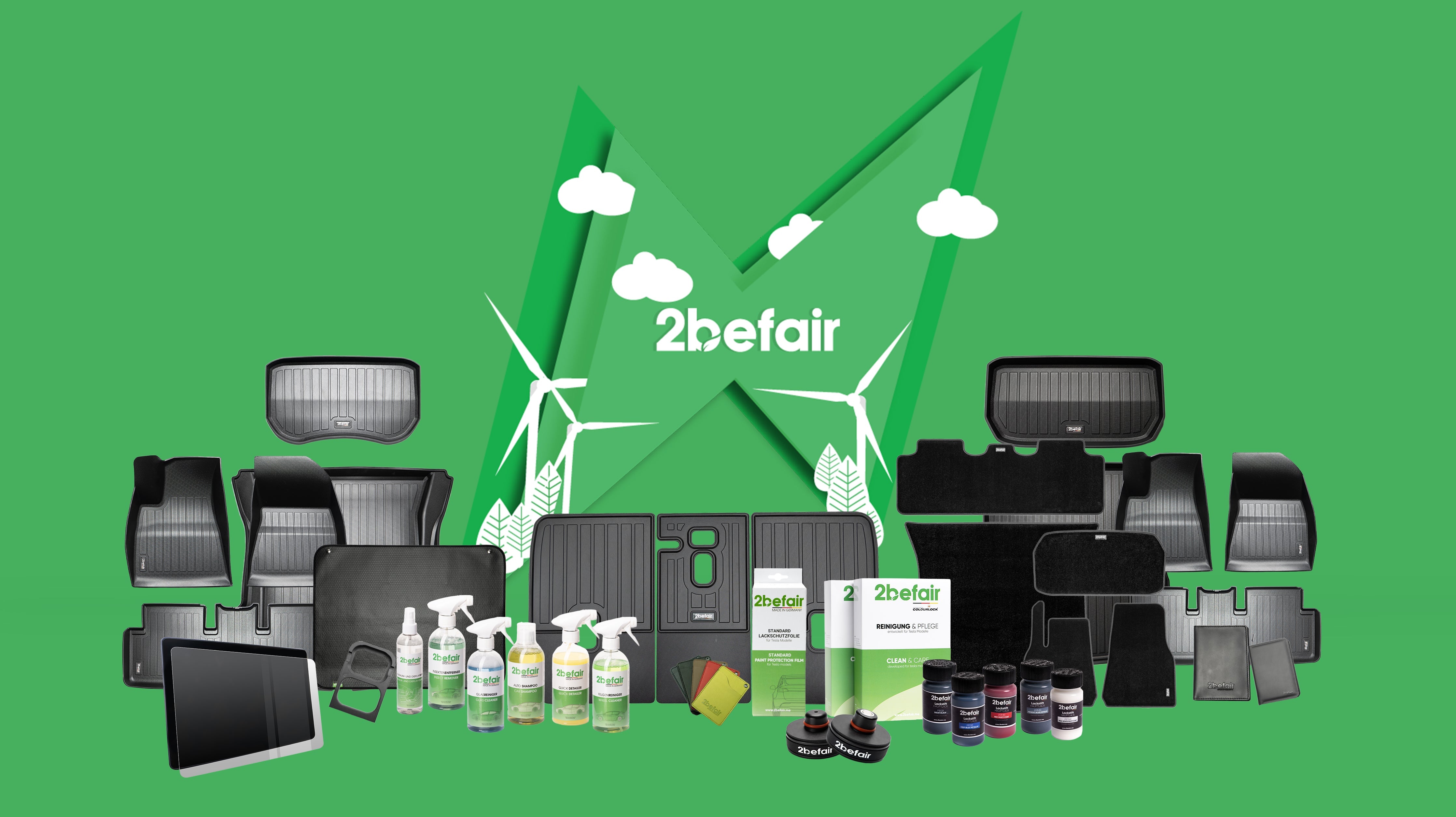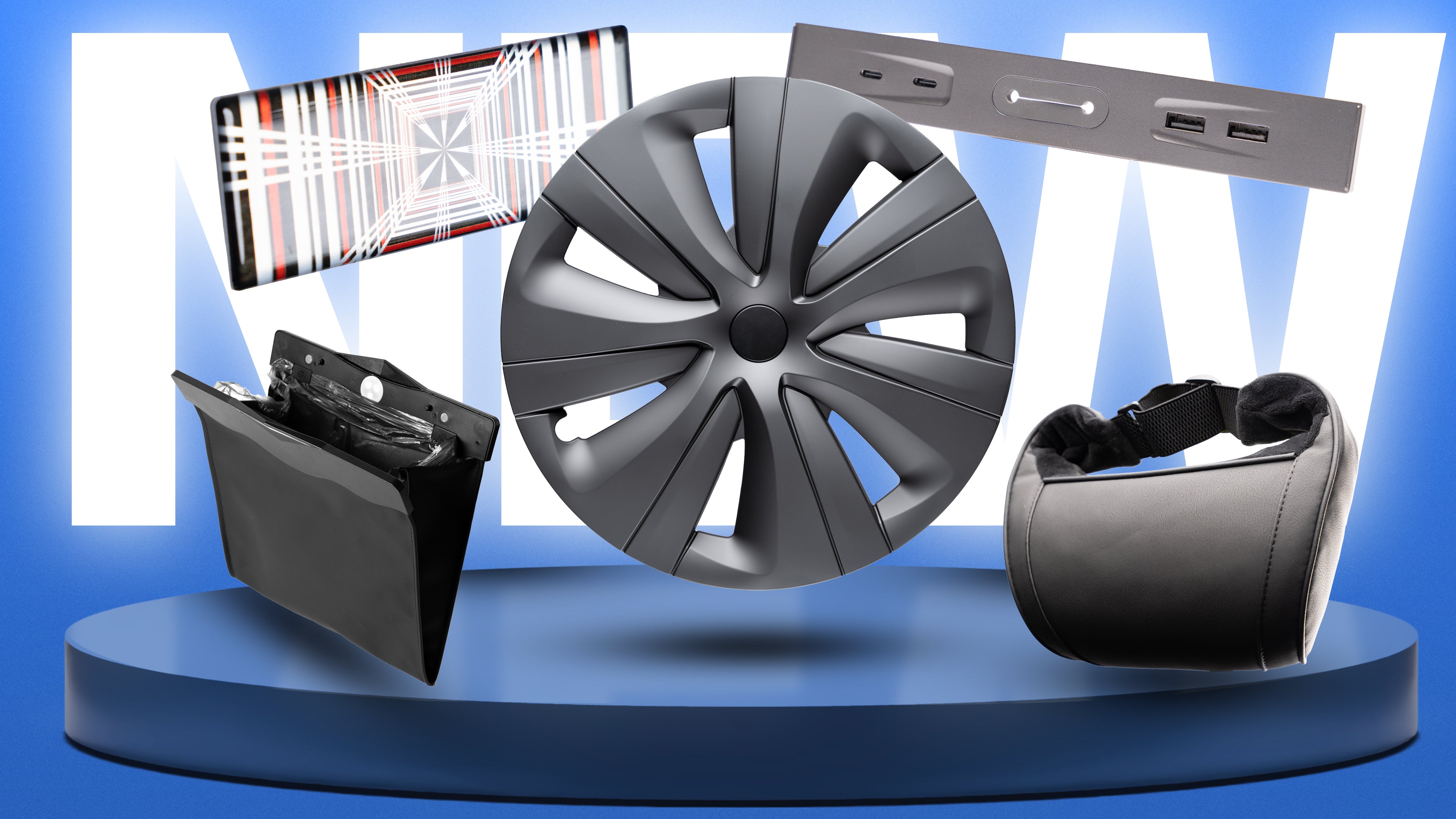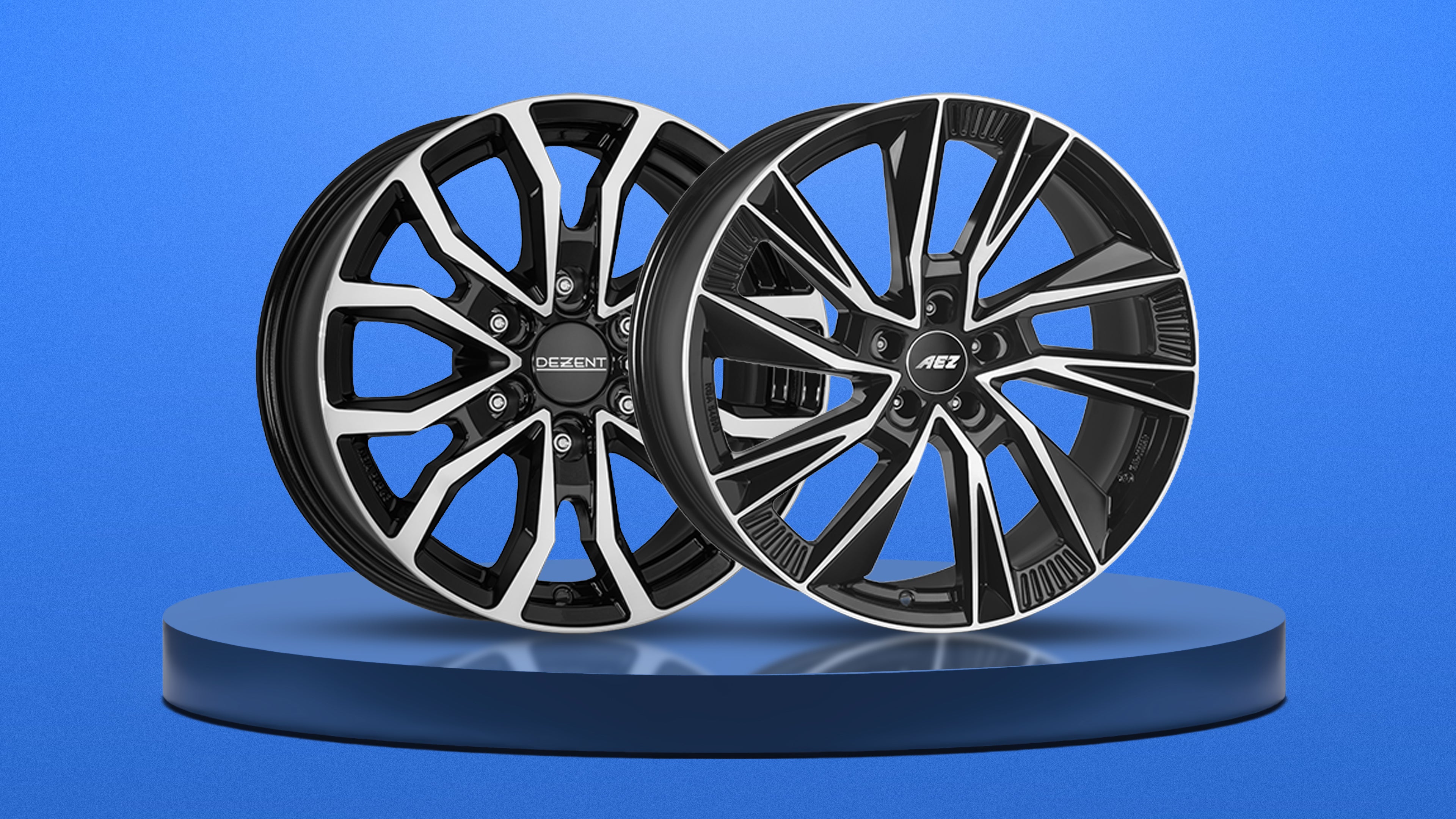Supercharger Instructions - How to charge properly!
Since February 15, 2022, all superchargers in the Netherlands have been open to third-party products. With this opening step, the Netherlands are the first country in the world where all superchargers for any electric car (requirement CCS charging connection) are available. We would like to take this step as an opportunity to write a "Supercharger Etiquette" to make charging as easy as possible for all electric car drivers and to avoid waiting times when charging, because there are also tips & tricks for Tesla drivers!
Explanation of supercharger variants: A 3rd generation supercharger (V3, recognizable by the fact that there is only one CCS charging cable attached to the charging station) can ideally deliver up to 250 kW. 2nd generation Superchargers (V2 recognizable by the fact that there are two charging cables hanging from the charging station - a CCS and a cable for old Model S and Model X) can deliver up to 150 kW. We recommend that all Tesla Model 3 and Model Y drivers choose a V3 Supercharger, if available, because these models charge with over 200 kW at peak. A V3 Supercharger then has the advantage that the full charging power can be used to charge the battery faster. Conversely, Tesla Model S and Model X drivers of the current generation should use a V2 supercharger if possible, because these models can currently benefit from a maximum charging capacity of up to 142 kW in Europe. This roughly corresponds to the peak charging rate (150 kW). If you want to charge on a V3 Supercharger as a Model S or Model X driver, you need a corresponding CCS adapter.
Shared power: V2 Superchargers work in pairs (1A,1B ; 2A, 2B...) and share the maximum power of 150 kW among themselves. If post 1A is occupied but 1B, 2A, and 2B are vacant, then you should choose either 2A or 2B. V3 Superchargers work on their own and deliver up to 250 kW per charging point.

For third-party brand drivers: How does charging for third-party brand drivers work on Tesla Superchargers? - Before you want to charge your electric car on the Tesla Supercharger, you have to download the Tesla App. In the next step you create a customer account and deposit a payment method (either credit card or the IBAN for a SEPA direct debit mandate). Once all the necessary data has been stored, you first connect your electric car and then open the Tesla app. This localizes your location and displays the corresponding Supercharger. You then select the charging station in the app where you want to charge. This can be found out from the corresponding number at the foot of the charging station. You then confirm the desired payment method and loading can begin. During the charging process, the Tesla app shows the current charging power in kW, how many kW have already been recharged and, of course, how high the current costs are. The costs in the Netherlands currently vary between €0.68 and €0.71 per kW charged. As soon as the charging process has been stopped, you can see in the charging overview which Supercharger you have charged how much and for what total amount. That way you don't lose track.
For Tesla drivers: The current utilization of the Tesla Supercharger can be displayed in the Tesla navigation. It is therefore advisable to see how heavily frequented the Supercharger is. In the meantime, some superchargers are very close together, so it may be worthwhile to travel to an alternative supercharger. As an example, the superchargers Irxleben and Hohenwarsleben on the A2 motorway. These two superchargers are just 1.2 kilometers apart.The Supercharger Irxleben offers 12 V3 Superchargers, while the Supercharger Hohenwarsleben only offers 6 V2 Superchargers. As a Model 3 and Model Y driver, it is worth paying close attention to which location you choose. Once a suitable supercharger has been found, the charging connector is connected (tip: the charging flap opens by pressing the button on the charging connector) and charging can begin. During the charging process, the current charging power in kW, how many kW have already been recharged and then, of course, how high the current costs were, appear in the Tesla app and on the Tesla screen. The payment method stored in the Tesla is then billed.
For better illustration, you can find our explanatory video about the Tesla Supercharger
on YouTube
After the charging process is complete, you should remove your electric car from the charging station. This is only fair to other electric car drivers who are waiting for a charging spot. Furthermore, Tesla charges a blocking fee from 5 minutes after the end of the charging process (i.e. also when the set charging limit is reached), if there is a certain load. On German superchargers, this is €0.50 per minute from 50% utilization and €1.00 per minute at 100% utilization. You can find more fees abroad here: Supercharger blocking fee | Tesla Germany
Since it can be assumed that Tesla will also open up other superchargers for third-party products in the future, every electric car driver should find out about their maximum charging capacity so that, if possible, charging stations with faster charging capacity for electric cars, which they can also call up, should not to block. There are also different power levels for other charging station providers. It is always worth paying attention to the maximum charging capacity that your car can call up. For illustration, we have the supercharger etiquette from Tourig Club Schweiz. Due to the rather short charging cable, the electric car should be parked accordingly to enable easy charging.

(Source: Touring Club Switzerland https://www.linkedin.com/pulse/tesla-%C3%B6ffnet-weitere-supercharger-f%C3%BCr-fremdmarken-machen-bolliger/?trk= pulse-article_more-articles_related-content-card&originalSubdomain=de)
.






































